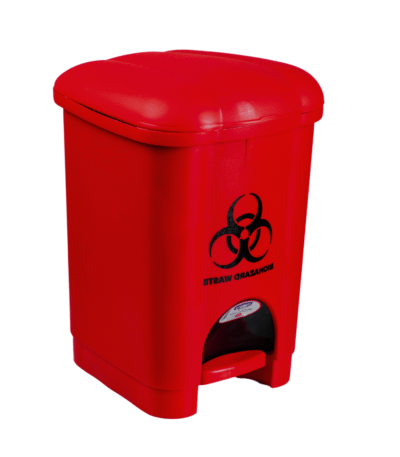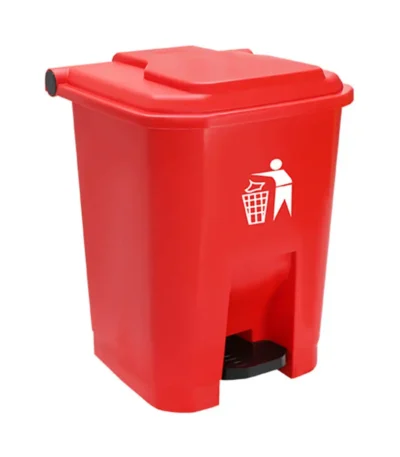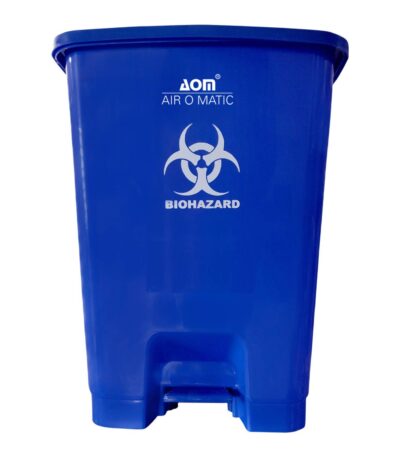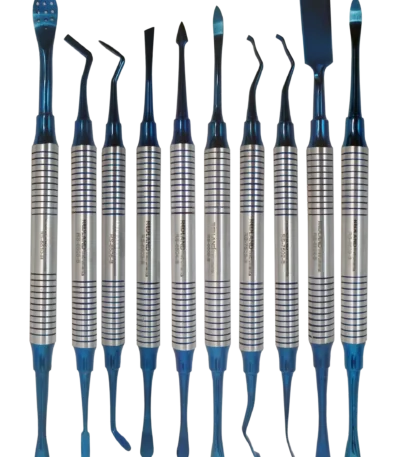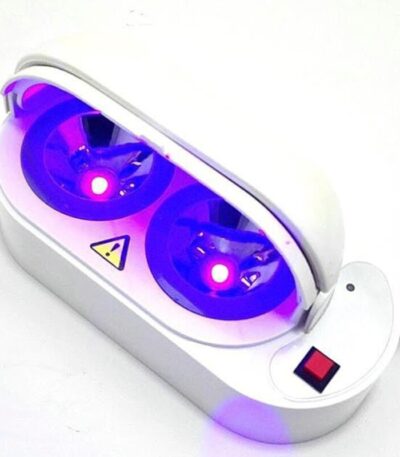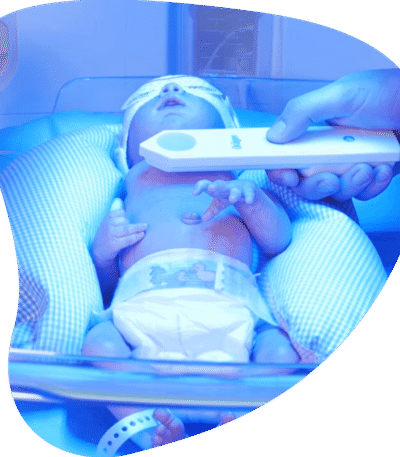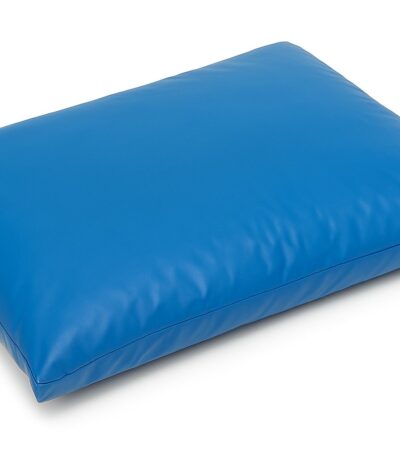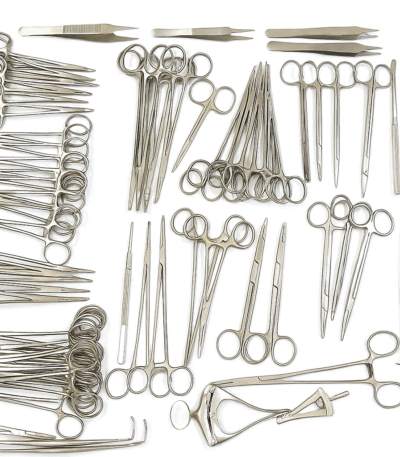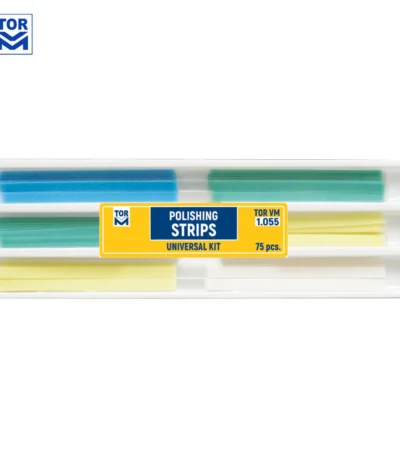Filter by price
Stock status
Showing 445–456 of 582 results
Peddle Bin (B,Y,R) 30litres
Peddle bin (Multi Colour) 30litres
Periosteal Elevators
A Periosteal Elevator is a surgical hand instrument used in oral and maxillofacial surgery to separate (elevate) the periosteum — the thin layer of connective tissue covering the bone — from the underlying alveolar bone. It is also used to reflect soft tissues, lift flaps, and expose bone surfaces during dental surgical procedures such as extractions, flap surgeries, and implant placement.
Phosphorus Reagents
Principle of Measurement
1. UV Phosphomolybdate Method (Most modern analyzers)
How it works:
-
Inorganic phosphate reacts with ammonium molybdate in an acidic medium.
-
Forms a phosphomolybdate complex.
-
The complex is measured photometrically in the UV range (usually 340 nm).
-
The absorbance is directly proportional to phosphate concentration.
Advantages:
-
Fast and highly specific
-
Suitable for fully automated analyzers
-
Minimal interference
2. Reduced Phosphomolybdate Method (Colorimetric)
How it works:
-
Phosphomolybdate complex is formed.
-
The complex is reduced to a blue-colored compound (“molybdenum blue”).
-
Measured at 600–700 nm, depending on dye.
Advantages:
-
Strong color intensity
-
Stable reaction for manual or semi-automatic systems
Reagent Components
Phosphorus reagent kits typically include:
R1 (Acid/Molybdate reagent)
-
Ammonium molybdate
-
Sulfuric acid or perchloric acid
-
Stabilizers
-
Surfactants
-
Preservatives
R2 (Reducing reagent) (if applicable)
-
Reducing agents (e.g., ascorbic acid, stannous chloride)
-
Dye stabilizers
Some kits are single-reagent formulations.
Packaging Formats
-
Liquid-stable ready-to-use reagents
-
Two-reagent systems (R1 + R2)
-
Analyzer-specific cartridges
-
Optional calibrators and controls
Common volumes: 25 ml, 50 ml, 100 ml, 250 ml.
Photo Tester
Phototherapy Light with lightometer
Phototherapy Light without lightometer
Pillow with Mackintosh
This pillow is filled with soft, high-quality fiber or foam and encased in a Mackintosh (PVC or rubberized) waterproof cover. The cover prevents penetration of liquids such as sweat, spills, or other body fluids, ensuring hygiene and extending the life of the pillow. It is particularly useful in wards, maternity units, and patient care environments where cleanliness is critical.
Plastic Surgery set
The Plastic Surgery Set is a comprehensive collection of fine, precision-engineered stainless steel surgical instruments specifically designed for reconstructive and cosmetic surgical procedures.
This set typically includes:
-
Scissors (Straight & Curved): For cutting delicate tissues with precision.
-
Tissue Forceps: Used to hold, manipulate, and stabilize soft tissues during surgery.
-
Needle Holders: Designed for suturing with firm grip control.
-
Dissecting Forceps: For separating and handling tissues.
-
Retractors: Used to hold back skin, muscles, or tissues to provide better access to the surgical area.
-
Skin Hooks: For gentle retraction of skin edges.
-
Spatulas and Elevators: To lift, shape, or separate tissues during grafting and contouring.
-
Clamps and Hemostats: For controlling bleeding by clamping blood vessels.
Point of Care Clinical Chemistry Analyzer – SMT-SD – Seamaty
Key Features and Specifications
-
Sample Type: Whole blood, serum, or plasma
-
Sample Volume: Approximately 0.09 mL (90 µL) to 0.12 mL (120 µL)
-
Testing Time: About 12 minutes per test
-
Analyzer Size: Around 25 cm (length) × 20 cm (width) × 30 cm (height)
-
Weight: Approximately 4–4.6 kg, making it portable and easy to move
-
Detection Principle: Photo-electric colorimetry and transmission turbidimetry
-
Reagent Format: Single-use reagent discs containing lyophilized reagents
-
Data Storage: Can store up to 500,000 test results
-
Connectivity: USB and LAN ports for data transfer and integration with laboratory systems
-
Maintenance: Minimal, as the analyzer uses pre-sealed reagent discs and has no complex tubing or valves
Polishing Strips
Polyglactin 910 Suture (Dozen Pack – All Sizes)
It is widely used in general soft tissue approximation, ligation, and internal surgical closures where gradual absorption and reliable wound support are desired.

